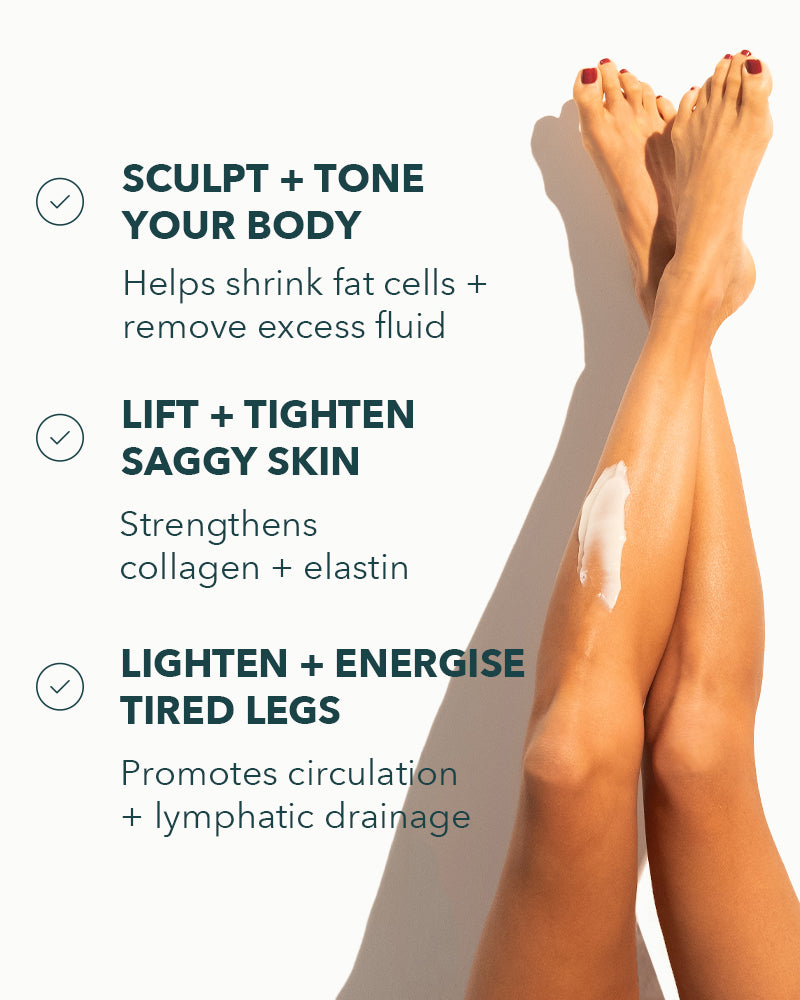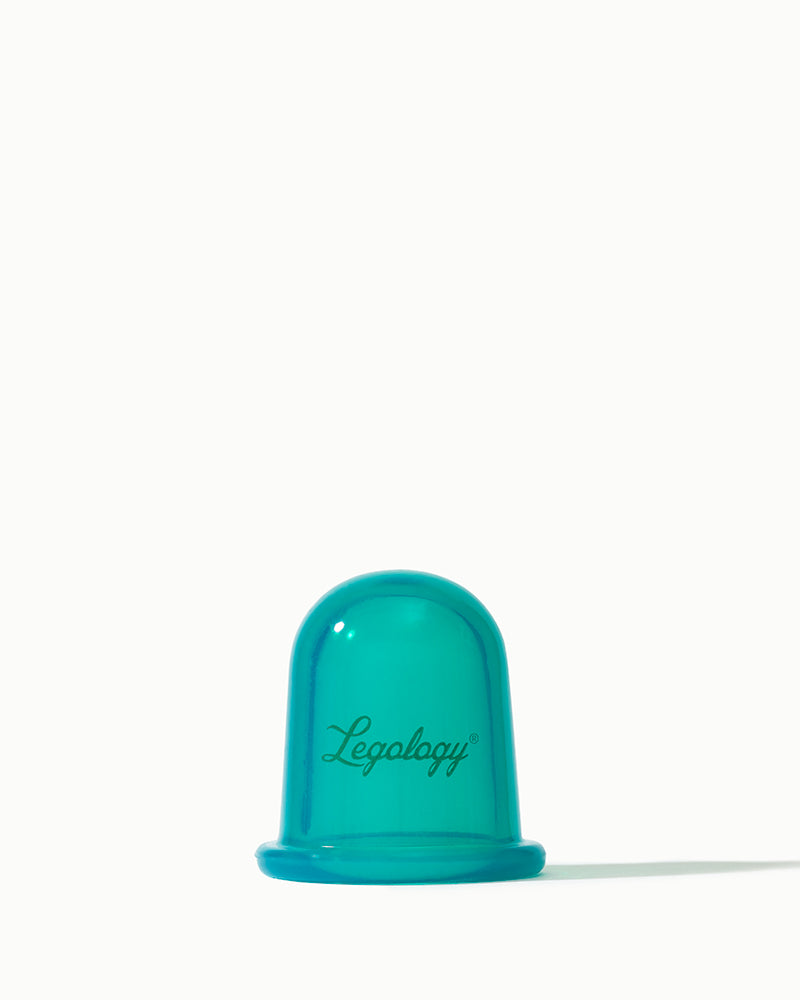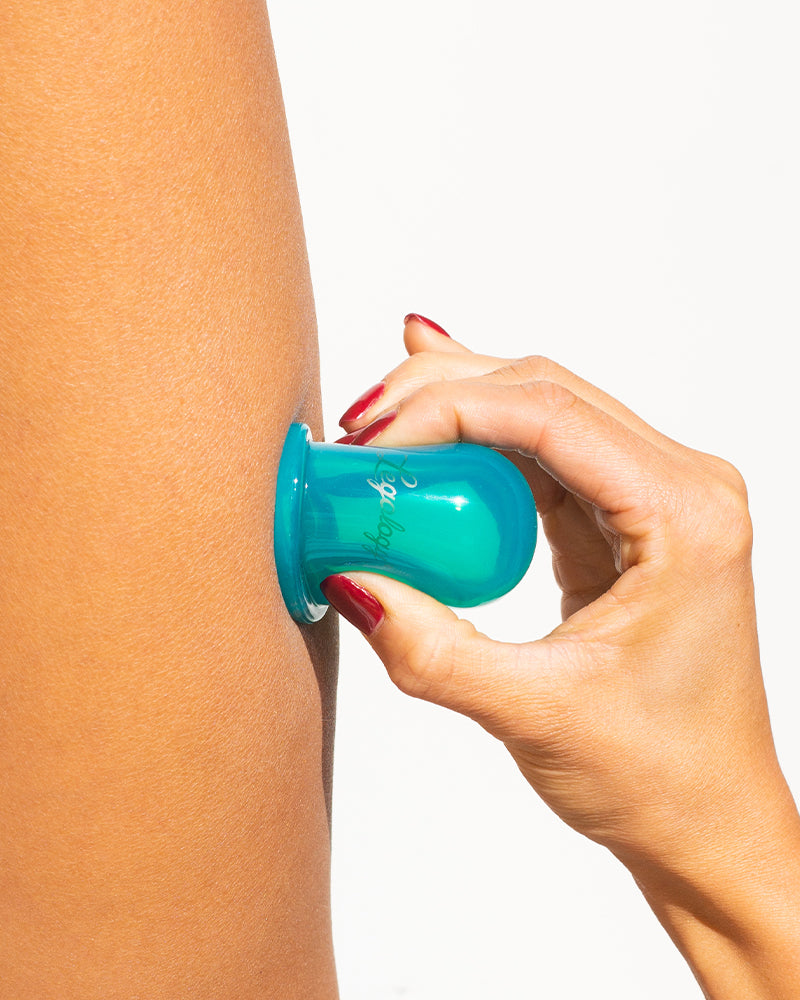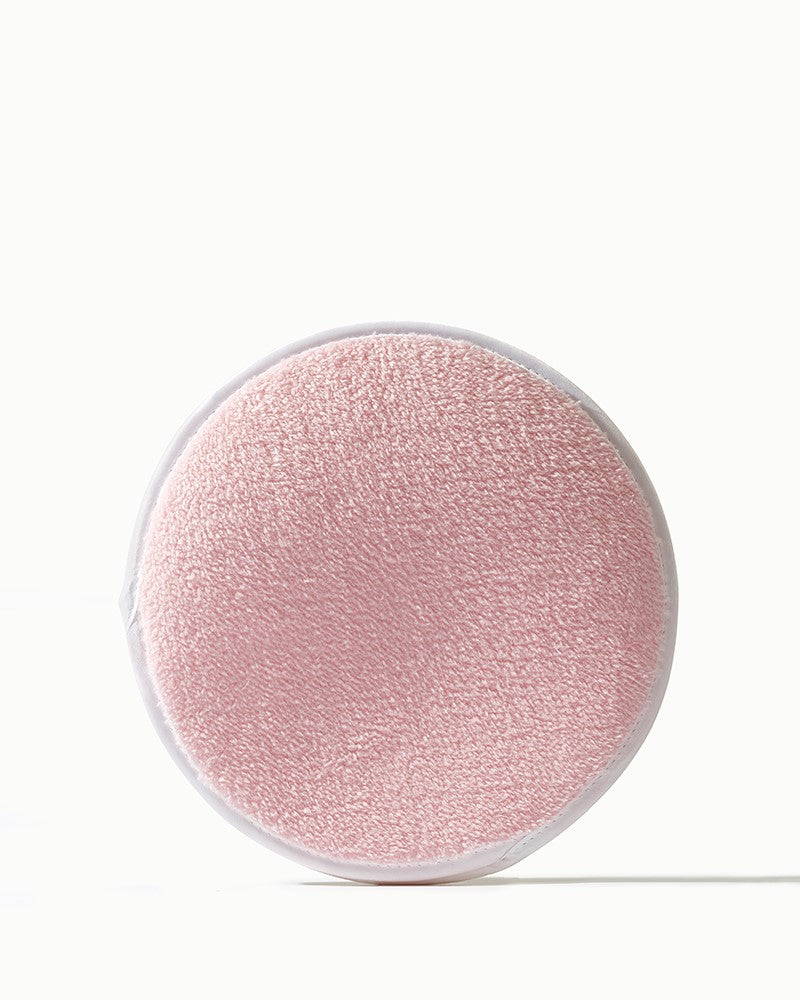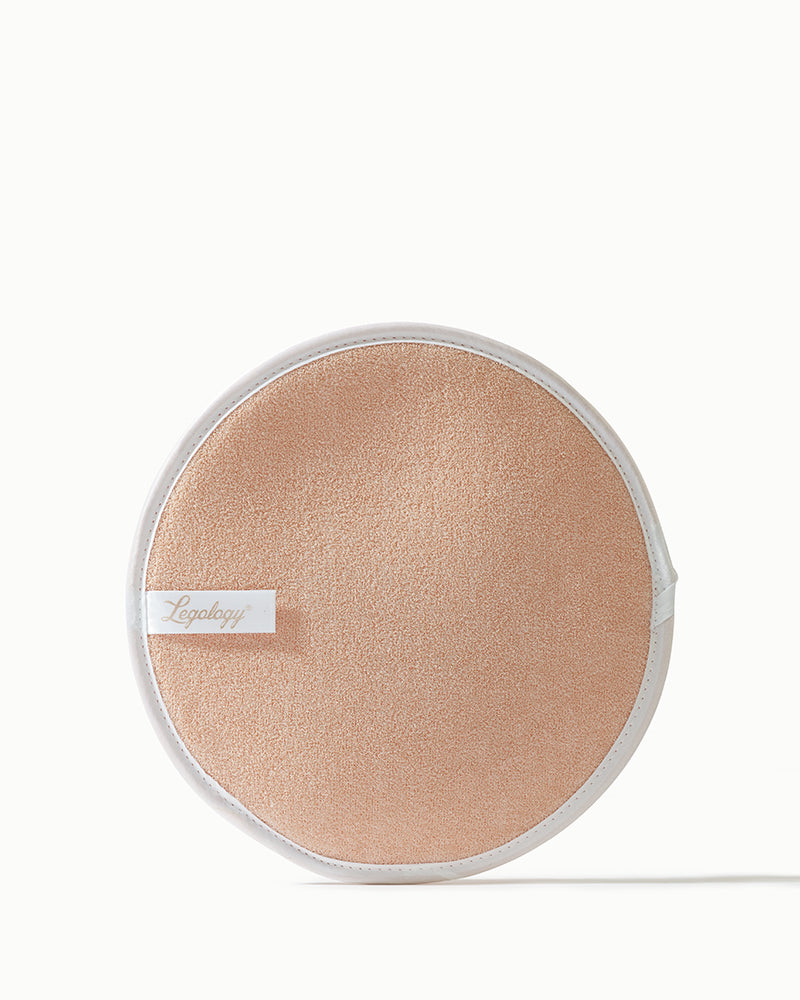Cholesterol And Your Legs

Never put high cholesterol with leg issues but it makes sense that, as a form of peripheral arterial disease, some of the arteries that might be impacted include those that supply blood to the legs.
Cholesterol is a lipid that our bodies require in order to function correctly. It’s a fat-like substance circulating in the body through blood arteries. But excess of anything is good for nothing. Health experts have said, having high cholesterol can lead to blocked arteries. It can raise a person’s chance of suffering a heart attack, which occurs when the heart cells are deprived of much-needed oxygen.
But do you know that arteries other than those providing oxygen-rich fluid to the heart might get blocked as a result of excessive cholesterol?
The blockage of the arteries in the extremities is known as peripheral arterial disease, or PAD, and some of the arteries that might be impacted include those that supply blood to the legs. This is why having high cholesterol may be harmful to your legs in a variety of ways.
Leg pain is among the most prevalent symptoms of PAD.
This happens most often after taking part in physical activities that involve the use of the legs, such as walking, jogging and climbing the stairs. Doctors call it claudication, and the discomfort it causes goes as soon as you stop doing what you’re doing. Some people describe their legs as feeling heavy or weary, while others describe a searing ache.
CRAMPS IN THE NIGHT
People with PAD may have cramps or spasms when sleeping, most commonly in the heel, forefoot or toes – not the same as Restless Legs Syndrome (RLS). Hanging the foot off the bed or sitting in a chair often eases discomfort by allowing gravity to aid blood flow to the feet.
UNUSUAL SKIN COLOUR ALTERATION
Since the circulation of blood to the lower extremities is hampered as a consequence of arterial blockage, the colour of the skin on the legs is likely to alter depending on posture. Trying to elevate the legs, for example, can lead the skin to look pale, but hanging it from a table can cause the skin to seem purple or bluish. A person suffering from PAD may notice that his or her toes appear pale or blue when sitting, especially for long periods of time.
COLD FEET
Feet or legs that feel chilly or are cool to the touch might be an indication of PAD. However, it is not the greatest indication. This is because this is a frequent condition that can affect anybody as he ages, including those who do not have PAD. However, if you notice that one leg or foot is chilly but not the other, consult your GP.







